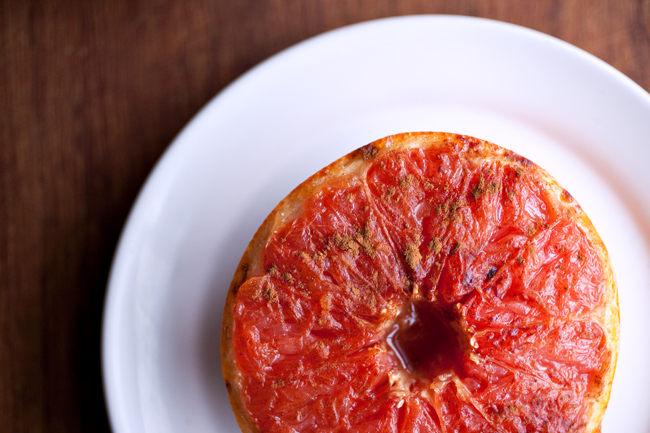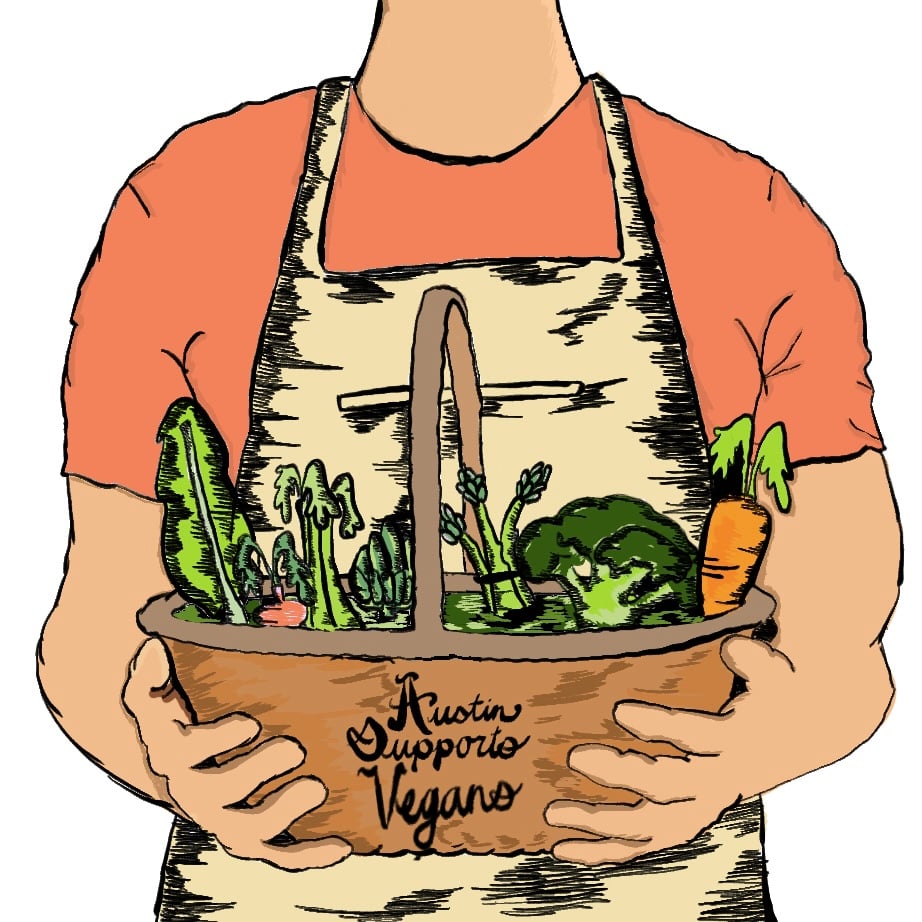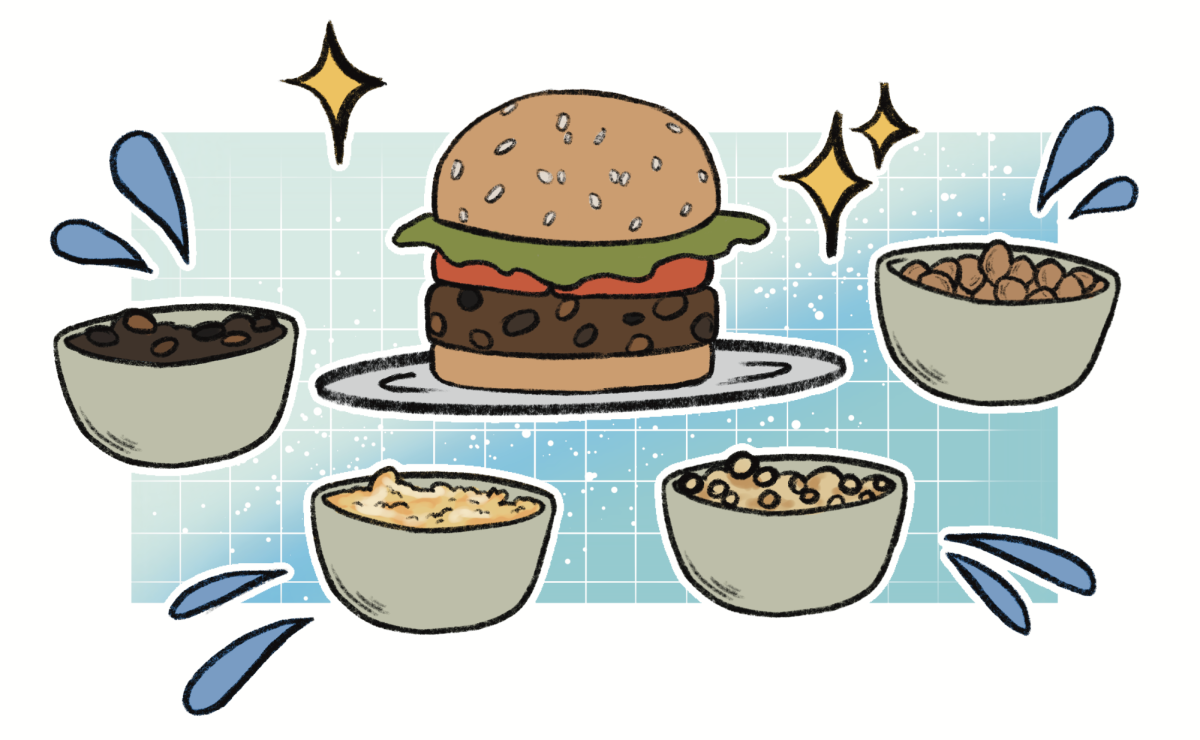Citrus often brings to mind memories of warm summer days. But luckily for us, citrus is actually in its peak season during winter — and its jewel-colored tones brighten up the darkest of days.
Grapefruits, lemons and oranges are all part of the citrus family and are grown in warmer climates such as Texas, California, Florida and Arizona.
Beyond being beautiful in every variety, citrus fruits also provide plenty of health benefits that make them worth eating and cooking with.
Lemons contain more potassium than apples and are loaded with vitamin C, calcium and iron. However, they are highly acidic, which hurts the enamel on your teeth and your taste buds in general.
The best uses for lemons include squeezing fresh juice over avocado toast or salad. Green juice recipes often call for lemon juice, which works to overpower the bitterness of the greens.
Lemons are also great to cut up and place in your water bottle, infusing your beverage with a zesty lemon taste. They help detoxify the body by amping up enzymes that work with the liver to rid your body of toxins.
This time of year, you’ll find many types of oranges in the produce section, including standard navel oranges, blood oranges, kumquats and satsumas. Each variety packs roughly the same nutritional and vitamin C-filled punch. So skip the sugar-filled “natural” orange juices lining grocery store shelves, and juice the real thing yourself.
With their red coloring, blood oranges make for an especially beautiful morning juice. If you’re in need of a sweeter option, save the peels from the oranges you eat and make candied orange peels. First, place the peels in cold water and bring to a boil several times. Then, add the peels to a sugar water mixture, and cook for nearly an hour. Lastly, roll them in sugar, and dry them for the final time. If you want an extra sweet treat, dip them in chocolate. It’s a bit of a process, but in the end, you have a completely natural candy to snack on for a bit of extra energy.
Grapefruits are the largest citrus variety available. Worth special notice are Texas ruby red grapefruits, the Lone Star State’s prize winter fruit. Lycopene, which causes the pink and red colors found in red grapefruits, has been found to contribute to cancer prevention.
Grapefruit, which has also been found to lower bad cholesterol, makes for a delicious breakfast to get your metabolism going. Eat it raw if you can handle the sharp flavor, or broil it for optimal taste.
Roasting and broiling citrus brings out the sweetness in the fruits and makes for a surprisingly healthy treat.
Recipe for Honey Broiled Grapefruit
Ingredients:
- – 1 large grapefruit
- – 2 teaspoons raw unfiltered honey
- – 1/4 teaspoon cinnamon
Directions:
- – Slice grapefruit in half and place on a baking sheet lined with parchment paper. Use a knife to slightly cut out segments, but leave them in place.
- – Spread a teaspoon of honey over each half, then sprinkle cinnamon overtop.
- – Place in oven under the broiler for about 5–10 minutes until the edges start to caramelize. Watch it carefully, as it can
- quickly burn.
- – Remove from oven, let cool slightly and eat warm with a spoon.





















